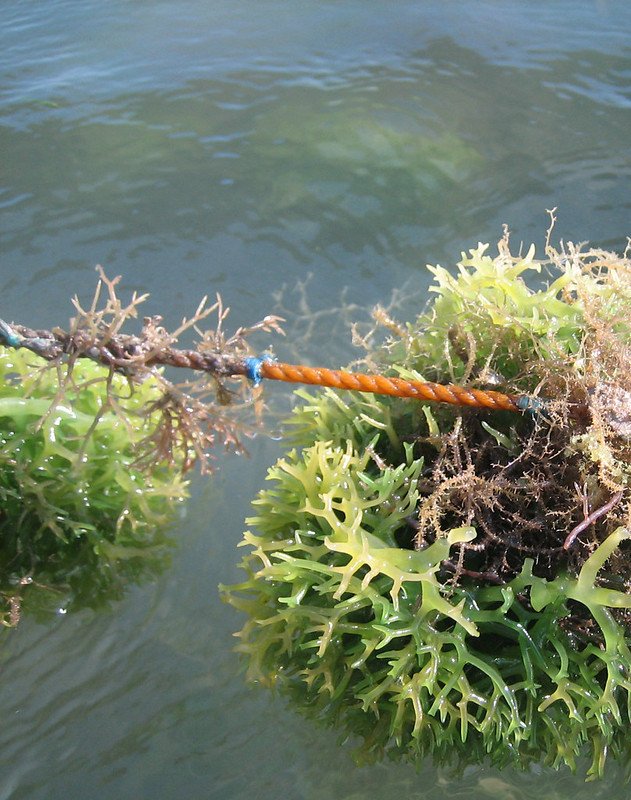
Estancia
Iloilo
Barangay Gogo and Barangay Daculan on the northeast coast of Estancia, Iloilo, rely on seaweed farming. However, what was once a year-round cropping season is now limited to certain periods of the year.
-
In Barangay Gogo and Barangay Daculan, the local fishing communities rely on seaweed farming. Edible seaweed such as “lato” (Caulerpa lentillifera) are commonly gathered from reef flats while “guso” (Eucheuma cottonii) is produced by occasional agat culture.
Changes in seaweed growth were observed when the farmers upstream started to grow hybrid corn and use Glyphosate herbicide to eliminate weeds. Moreover, when the post-Haiyan resettlement areas were constructed and inhabited, untreated sewage flowed towards the coast where the seaweed farms are located.
-
To address the problem, the Municipality of Estancia has earmarked four sewage treatment plant (STP) locations, two of which are put forward to integrate green-gray solutions.
Treatment wetlands will be established through mangrove enrichment at the discharge points of the creeks utilized by the STP outfalls. The wetland area will act as a secondary natural filter to further improve the quality of the treated wastewater.
Ensuring water quality is up to standard or even better in this area is key to the flourishing of the seaweed farms and the fisherfolk dependent on them.
An offshore breakwater shall be installed in the form of gabion oyster baskets to protect the seedlings from intense wave action and will also serve as another layer of natural filtration system for the wastewater. The oyster baskets can supplement existing livelihoods, especially for the women who harvest shellfish in the area.
-
Improving the coastal water quality in in Barangay Gogo and Barangay Daculan in Estancia, Iloilo through green-gray infrastructure may unlock multiple benefits including:
• Improve seaweed yield and stabilize the livelihoods of smaller scale fisherfolk
• Generate jobs associated with mangrove rehabilitation and oyster farming
• Improve marine biodiversity
• Reduce the impact of storm surges on fishing villages
Ultimately, the pilot can make a case for the municipality wide adoption of nature-based strategies to:
• Promote low carbon and inclusive growth of the fishery sector
• Restore the blue carbon ecosystems in Estanica’s municipal waters and marine protected area

Location Map

Location Map 2

Local seaweed "Guso"

Location of proposed Sewage Treatment Plants in Estancia

Proposed STP location

Concept Strategy Blow-up Plan

Concept Strategy Typical Section